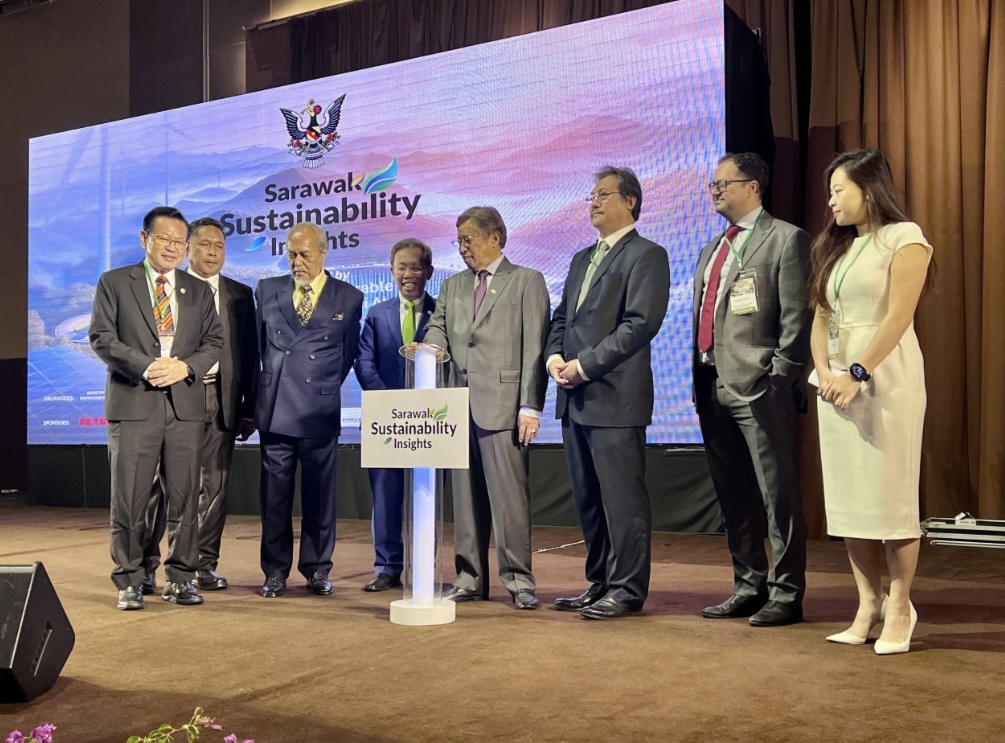
At the recent Sarawak Sustainability Insights Conference, held on 29 October 2024 at Pullman Hotel Kuching, Sarawak unveiled its Sustainability Blueprint, a transformative plan to guide the state toward a low-carbon economy, environmental preservation, and social equity. Organised by Ernst & Young in collaboration with MEesTY, the conference presented ten strategic thrusts that outline Sarawak’s vision for a sustainable future. The event also featured a lineup of remarkable speakers, including sustainability experts, industry leaders, and government officials, who shared valuable insights on topics such as sustainable energy, green infrastructure, and sustainable transport solutions.
The ongoing Low Carbon Campus roadmap aligns closely with the strategic thrusts presented in Sarawak’s Sustainability Blueprint, underscoring the university’s commitment to advancing Sarawak’s sustainability goals. The campus has begun shifting to renewable energy through solar installations and energy-saving technologies, actively reducing emissions. In line with the circular economy thrust, the university has implemented waste reduction initiatives, including comprehensive recycling, composting, and waste segregation programs. Additionally, a dedicated circular lab is being established to minimize waste and enhance sustainable resource management practices, further reducing landfill contributions.
The university also promotes biodiversity through eco-conscious landscaping and conservation projects, preserving green spaces and supporting the protection of Sarawak’s natural assets. Green building standards and sustainable design principles are integrated across campus infrastructure to create energy-efficient, eco-friendly facilities, contributing to the vision of sustainable cities.
In terms of sustainability education, students and staff are provided with resources and opportunities to participate in eco-initiatives, fostering an inclusive culture of environmental stewardship. Eco-conscious campus tours and public showcases further raise environmental awareness among visitors and the local community, aligning with the state’s goals for sustainable tourism.
To ensure accountability and transparency, the university has committed to regular Environmental, Social, and Governance (ESG) reporting. The in-house GHG Dashboard tracks data on energy use, emissions, and waste management, providing measurable progress across all sustainability initiatives and reinforcing alignment with Sarawak’s sustainability objectives through a data-driven approach. The Low Carbon Campus roadmap highlights the university’s role in Sarawak’s sustainability journey. As a proactive supporter of the Sustainability Blueprint, the university remains dedicated to embedding sustainability throughout campus life, offering students, faculty, and staff opportunities to support the green vision for Sarawak.
Looking ahead, the university is committed to advancing its Low Carbon Campus initiatives in alignment with the Sustainability Blueprint. By fostering a sustainable academic and operational environment, it is setting a standard for environmental stewardship, inspiring future leaders, and actively contributing to a greener Sarawak.
Written by: Florianna Lendai Michael , Institute of Sustainable and Renewable Energy